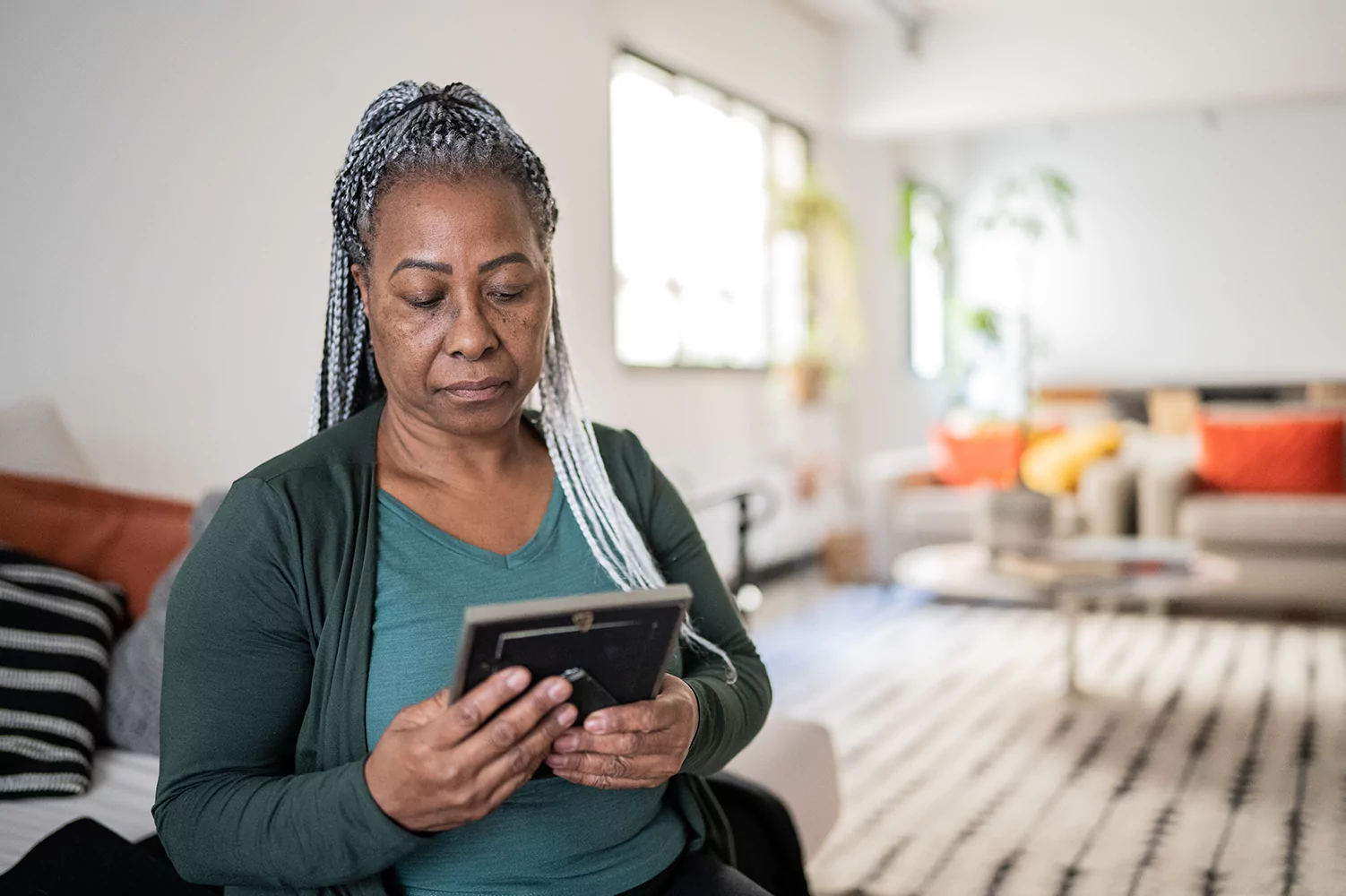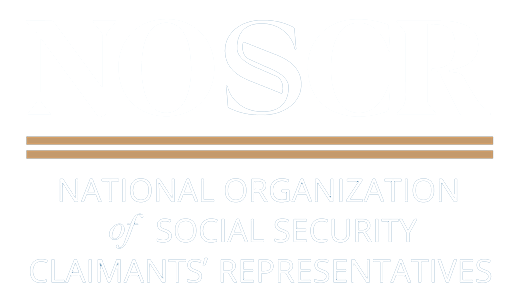
When a Family Member Applying for Social Security Disability Dies: What Now?
If a family member was pursuing Social Security Disability benefits but passed away in the middle of the process, you may be wondering whether surviving loved ones can receive any benefits.
Part of the way Social Security views disability is through the idea that a person’s work-stopping health problem must be expected to last at least 12 months or end in death. Unfortunately, sometimes a person pursuing disability benefits actually dies before they are approved.
Depending on a few rules, family members may be eligible for the back benefits of the person who died. Back benefits are designed to pay for the period when someone first qualified for disability benefits until the time their benefits are approved.
If Social Security determines posthumously that someone was qualified for benefits before they died, that’s when disability back benefits become a possibility for surviving family members.
While you’re mourning, and often facing financial uncertainty, these benefits can help you and your family in a difficult time.
Keep reading for more about what you need to know, explained by the experienced Utah Social Security Disability lawyers at Barnes Disability Advocates.
What Kind of Social Security Disability Benefits Was Your Loved One Pursuing?
There are two main types of disability claim, Title II and Title XVI.
You’ll see us commonly refer to them as Social Security Disability Insurance or SSDI (Title II) and Supplemental Security Income or SSI (Title XVI). You can read about the differences between the two types of claims in other places on this website, wo we’ll keep this basic:
SSDI claims are based on the combination of medical disability and work credits (determined by money paid into the disability system through Social Security taxes). In most cases, the work credits are those of the person applying for disability benefits, but it can sometimes be based on the work credits or work record of a parent or spouse.
SSI claims are based on the combination of medical disability and financial need of the person pursuing disability.
My Deceased Family Member was Applying for SSDI Benefits
If your deceased family member was pursuing SSDI, you may be eligible for a portion of the back benefits that come with SSDI, depending on your relationship to the deceased person. Here is the list of people who may be eligible for benefits in the order of eligibility:
- 1. A spouse who was living with the person at the time of their death or who is receiving benefits based on the work record of their late spouse.
- 2. Children who were receiving benefits based on the work record of their deceased parent.
- 3. A parent or parents of the person who died who were receiving benefits based on their child’s work record.
- 4. A spouse not living with the deceased person at the time of death and not receiving benefits based on their spouse’s work record.
- 5. Children not receiving benefits based on the work record of their deceased parent.
- 6. Parents who were not receiving benefits based on their late child’s work record.
- 7. Finally, the legal representative of the deceased person’s estate.
As you can see, that is a whole lot of people who may be eligible for the deceased person’s back benefits, so you need to keep in mind who else may be eligible for back benefits when thinking about your own eligibility. Someone who comes first on this list might be eligible before you.
Additionally, for any minor children who receive the back benefits, the money would actually go to their legal guardian, even if that is an ex-spouse of the deceased.
A spouse is defined based on the marriage laws of the state where the couple lived. So, depending on where you live, a common law marriage could count. However, it would be easier to prove if you were officially married. For additional information on determining marital status, see the Social Security Administration (SSA) rules on marital relationships.
My Deceased Family Member was Applying for SSI Benefits
If the person who died was pursuing SSI, the number of people who can be eligible for the deceased person’s back benefits is highly limited.
Actually, there is only one person; a spouse who is already receiving SSI.
The Disability Benefits Claim Wasn’t Approved Yet, So What Should I Do?
Considering that the applicant died before they could get their disability benefits approved, there are a couple things that need to be done for family members to get back benefits.
First, a substitute party (sub-party) will need to be established for the claim.
The sub-party is someone who acts in the place of the deceased person, receiving notices from Social Security and even speaking to the judge if a denied disability claim has moved to the hearing level.
Like those receiving back benefits, sub-parties can only be very specific people. The sub-party needs to be someone who is included in the back benefits eligibility list, but not necessarily the person who would receive back benefits.
This can be confusing, so let’s walk through an example.
If the deceased person had children but was not married at the time of death, the deceased person’s parent (the children’s grandparent) could act as the sub-party. However, the children would receive the back benefits (not the grandparent), which would be paid to the children’s guardian on their behalf.
The children’s guardian could be any person legally acting as their guardian, including a surviving parent, even if the deceased person and parent were never married.
Besides eligibility, the person who wishes to become a sub-party must fill out a form and submit it to the SSA. There are a couple of different forms used depending on the part of the disability benefits appeal process the case is in.
If the deceased was appealing a cessation of benefits—they were receiving benefits but those benefits were ceased and they were asking for reconsideration of that stopping of benefits—the sub-party would need to fill out the form SSA 770-U4.
If the deceased person’s claim was pending at the disability hearing level, the sub-party can fill out the form HA-539. If you’re confused about which form to fill out, you can contact the deceased’s local Social Security field office, and they can help you figure out which form you need.
Lastly, Social Security will need a copy of the death certificate with the cause of death listed so the SSA can determine whether the cause of death is related to the disability.
If you’re concerned about this, this is a good time to reach out to a Social Security Disability attorney who can help you argue that the disability cited in the claim was related to the person’s death.
Do I Even Want to Pursue Social Security Disability Back Benefits?
We can’t tell you whether or not this is worth it to take this path.
When you are working on the claim of a deceased family member, things can be tough. You are going to be asked to work on things regarding their death that aren’t something everyone wants to go through.
There are often a lot of administrative or financial issues to deal with when a family member dies. This can create burden and stress on those who have to handle it.
While having the back benefits isn’t going to magically fix anything, it can help ease some of the financial burden associated with a death.
Also, keep in mind that these are benefits that your family member was entitled to before their death. Finishing the claim in their place just means proving it.
If you have questions or need help with disability benefits and a loved one’s death, or with other issues surrounding disability benefits, contact the Social Security Disability attorneys in Utah at Barnes Disability.

